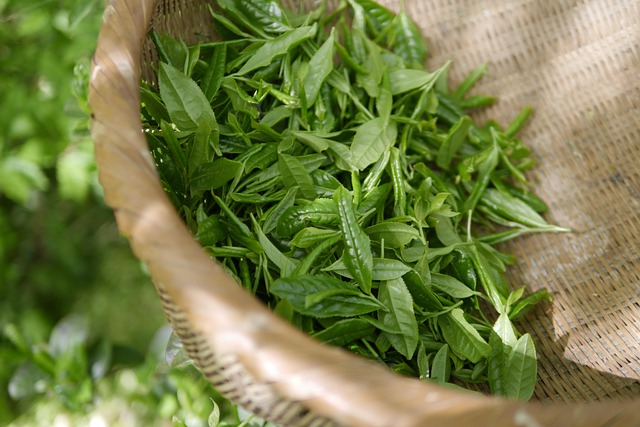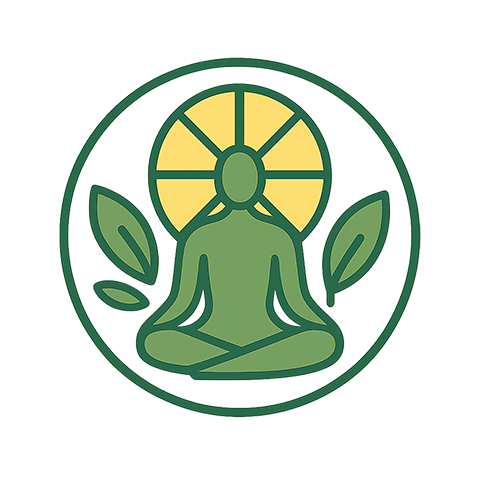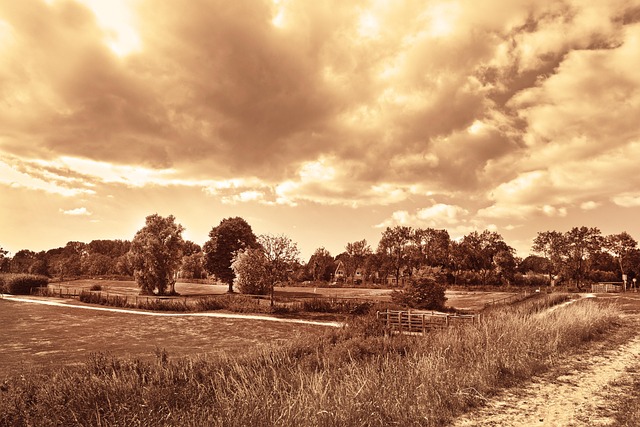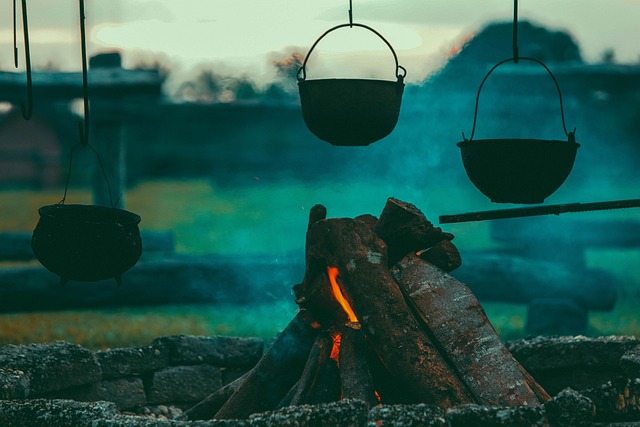
Herbal Harvesting Digital Detox for Humanity in the Tech Era
In an age where screens dominate our daily rhythms, the quiet act of herbal harvesting offers a compelling counterpoint. When we step outside to gather leaves, stems, and roots, we are invited to slow down, breathe, and reconnect with the living world that surrounds us. This simple, tactile practice not only brings fresh flavors and healing compounds into our kitchens but also serves as a bridge between the relentless pace of technology and the slower pulse of nature.
The Digital Overload Crisis
Statistical reports show that the average adult spends more than nine hours a day engaged with screens, from smartphones to laptops. This constant stimulation floods the brain with notifications, advertisements, and endless streams of information, making it difficult to focus, sleep, or simply enjoy silence. The result is a growing epidemic of stress, anxiety, and a sense that we are always “on.” In contrast, nature offers an antidote: rhythmic breathing, soft sunlight, and the scent of fresh herbs can calm the nervous system and restore equilibrium.
Herbal Harvesting as a Grounding Practice
When we gather herbs, we engage all our senses. The earthy smell of damp soil, the texture of a leaf under our fingertips, the color variations of fresh foliage—all these cues bring us back to the present moment. The process requires a deliberate rhythm: locating a plant, checking its maturity, carefully clipping, and then storing it for later use. This rhythm interrupts the habitual scrolling that our brains are accustomed to, allowing our minds to reset.
Benefits to Mental Health
Studies show that exposure to green spaces reduces cortisol levels, the hormone associated with stress. Herbal harvesting adds an extra layer of mindfulness: the intentional act of selecting, collecting, and preparing herbs trains the brain to focus on a single task. This focused attention, or “micro‑meditation,” has been linked to improved emotional regulation and a lower risk of depression.
Benefits to Physical Well-Being
Collecting herbs often involves light exercise—walking through fields, climbing small hills, or simply bending to pick roots. This moderate activity increases circulation and encourages the release of endorphins. Additionally, herbs are rich in vitamins, antioxidants, and phytonutrients that support immune function. By incorporating freshly harvested herbs into meals, individuals can enhance digestion and reduce inflammation naturally.
Choosing the Right Herbs
Not every plant is safe for harvesting. Identifying local species, understanding their seasonal windows, and knowing which parts are edible or medicinal are essential skills. Some herbs thrive in moist, shaded gardens, while others prefer sunny, well‑drained soils. A good starting point is to learn from local guides, botanical maps, or community groups that share knowledge about native flora.
Commonly Harvested Species
- Purslane – a leafy green that is high in omega‑3 fatty acids.
- Mint – offers a cooling aroma and is excellent for homemade teas.
- Chamomile – its flowers are often dried for calming infusions.
Sustainable Harvesting
Basic guidelines include leaving enough for the plant to regrow, avoiding rare or protected species, and harvesting in a way that does not disturb ecosystems. Seasonal population mapping can inform which areas are best to explore each year. Practicing patience and restraint ensures that foraging remains a sustainable tradition.
Integrating Herbal Work into Your Routine
Begin by assessing the amount of screen time you wish to reduce. Set a realistic daily or weekly limit, and allocate specific hours for outdoor herbal work. For instance, dedicating 90 minutes on Saturday mornings to herb picking can create a predictable schedule that feels both rewarding and restorative.
Planning Your Time
Begin by assessing the amount of screen time you wish to reduce. Set a realistic daily or weekly limit, and allocate specific hours for outdoor herbal work. For instance, dedicating 90 minutes on Saturday mornings to herb picking can create a predictable schedule that feels both rewarding and restorative.
Tools and Resources
Basic gear includes a lightweight knife, a reusable cloth bag, and a plant identification guide. Modern smartphone apps can assist in identification, but the goal is to rely more on memory and observation. Carry a small journal to note the location, weather, and plant characteristics—these notes become valuable references for future trips.
Community and Sharing
Herbal harvesting becomes richer when shared with others. Community gardens, local foraging groups, and urban agriculture events provide opportunities for collective learning. Sharing dried herbs, homemade teas, or simple recipes helps cultivate gratitude, reinforce knowledge, and build social connections that counter the isolation often brought by digital overload.
Workshops and Gatherings
Seasonal workshops led by botanists, herbalists, or experienced foragers demystify the process of harvesting and processing herbs. These gatherings often conclude with a communal tea ceremony or cooking session that celebrates the bounty of nature. Participants leave with tangible skills, confidence, and a sense of belonging.
Digital Minimalism Movement
“The simplest solutions often require the most honest connection to the world around us.” – Anonymous
Digital minimalism advocates prioritize meaningful interactions over endless notifications. Herbal harvesting aligns with this philosophy by encouraging physical presence, sensory engagement, and a deeper appreciation for time and place. As more people adopt both practices, a cultural shift toward sustainable living may gain momentum.
Future Directions
As technology continues to evolve, the interplay between digital tools and herbal harvesting offers exciting possibilities. Mobile apps that guide ethical foraging, augmented reality overlays that reveal plant families, and data‑driven mapping of herb populations can support both beginners and seasoned practitioners. Nevertheless, the heart of the practice remains human curiosity and a desire to connect with the earth. By integrating technology wisely—using it as a facilitative tool rather than a constant companion—individuals can broaden their access to herbal knowledge while preserving the meditative quality of the harvest.
Takeaway
When we pause, step outside, and gather herbs, we invite calm, curiosity, and community into our digital lives. Let each harvest be a reminder that technology can serve us, but nature remains our most enduring teacher.



